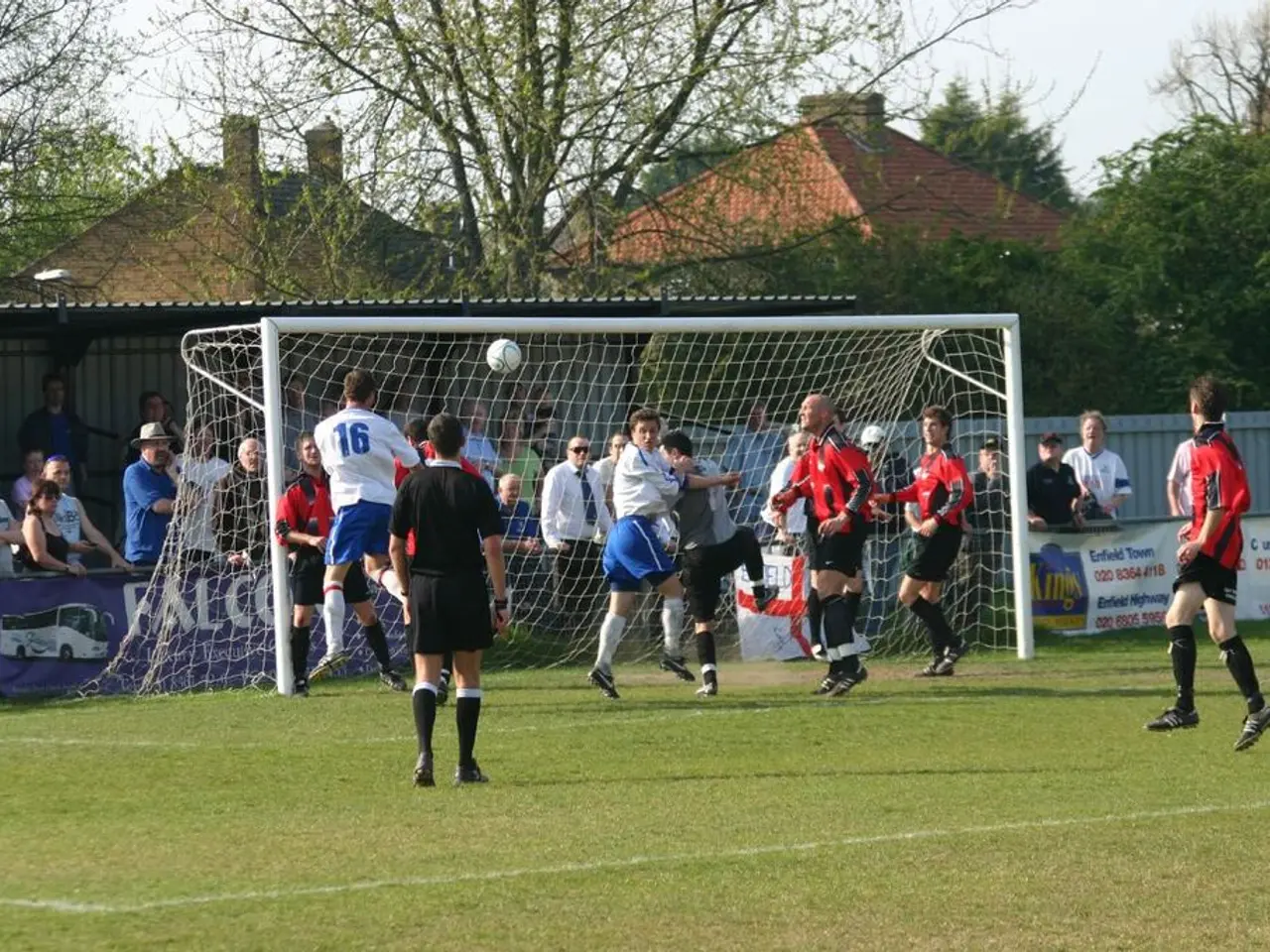Waterbury Arion wall clock mechanism repair or maintenance
Article Title: The Durability Dilemma: Steel-Plated vs Brass-Plated Clock Movements
In the world of clockmaking, the choice between steel-plated and brass-plated movements can significantly impact a timepiece's longevity and maintenance requirements.
Steel-plated movements, characterised by their steel plates and pivots, are renowned for their toughness and robustness. These components are typically thicker and more rugged, leading to longer-lasting and more resilient movements. In contrast, brass-plated movements, with their brass components, offer a softer and heavier construction, albeit with potential drawbacks in terms of wear and servicing.
The durability and wear resistance of steel-plated movements are evident in their ability to withstand wear better, slowing pivot hole enlargement. This results in less frequent need for bushing or major repair. On the other hand, brass-plated movements, particularly those made from modern alloys with high zinc content, can wear faster, causing quicker pivot hole wear and the need for regular servicing or bushings.
Machining and cost are other factors to consider. Steel components can be harder to machine and require precise polishing to prevent rust or wear. Brass, especially with increased zinc, is easier and cheaper to machine but compromises durability.
When it comes to servicing a Waterbury time-only clock with steel plates, the procedure involves careful cleaning, lubrication, and adjustment. This includes disassembling the movement, removing old oil and dirt, inspecting steel plates and pivots for rust or wear, polishing pivots if necessary, using appropriate lubricants, checking for wear, and reassembling the movement.
This method aligns with traditional clock restoration practices, emphasising careful cleaning, polishing, and precise reassembly. The ruggedness of Waterbury’s steel-plated movements means they often tolerate servicing well, preserving their longevity and historical value.
In summary, while steel-plated movements are generally more robust and longer-lasting, they require proper polishing and specialized oiling during servicing. Proper maintenance can ensure years of reliable running for these timepieces.
Additional Information
- The clock in question is a solid oak case, measuring 19 inches long by 12 inches wide, with an 8-inch paper dial, a black and gold pendulum aperture, and an 8-day time-only movement.
- The clock was made around 1930, a few years before the Waterbury Clock Company was placed in receivership.
- The cleaning and the installation of new bushings should ensure years of reliable running for the clock.
- The clock in question is a Waterbury "Arion" Small Octagon Short Drop wall clock.
- The clock in question is a Waterbury time-only movement, purchased in January 2016.
- The mainspring is a replacement and appears to be oversized for the movement.
- A 3.5 mm bushing with a 1.90mm inside diameter was used for the third wheel pivot, and 3.00mm OD bushings were used for the other pivot holes.
- The author does not plan to replace the mainspring of the $40 clock.
In the realm of antique clocks, a vintage Waterbury "Arion" Small Octagon Short Drop wall clock, with its solid oak case and 8-day time-only movement, may require clock repair services in the future. The clock's steel-plated movements, characteristic of Waterbury's rugged construction, will necessitate careful cleaning, lubrication, and adjustment during servicing to ensure years of reliable running. Despite the need for specialized oiling and polishing, the historical value and durability of steel-plated movements, as seen in this Waterbury timepiece, make it a worthwhile investment for sports of vintage clock repair.





